Happy New Year! To kick off my blogging in 2014, I have a new Reading Log page for the year; and here’s a round-up of some of the books I’ve read lately…
***
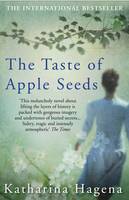 Katharina Hagena, The Taste of Apple Seeds (2008)
Katharina Hagena, The Taste of Apple Seeds (2008)
Translated from the German by Jamie Bulloch (2013)
When her grandmother dies, Iris inherits the old house. She returns to the village of her childhood to sort through everything; but finds that stepping back into her old world is not as easy as trying on her aunt’s dresses – and that there are family secrets to be uncovered. There’s a nice sense of place about Hagena’s novel, and some poignant reflections on loss (Iris’s grandmother had dementia before she died; her forgetting stands in contrast to Iris’s remembering and learning). Characters and memories circle around Iris in an intriguing dance, which ends with the prospect of further hope and sadness to come.
Matthew Hart, Gold (2013)
Journalist Hart brings together history, economics, and reportage in this account of gold’s changing role in the world economy. It’s a fascinating story to someone like me who doesn’t know about the subject; the way Hart tells it, it’s almost as though the idea of gold has become more important than the substance itself. I’m impressed with the range of Hart’s book, and with how deftly he ties all the threads together.
Ash Cameron, Confessions of an Undercover Cop (2013)
Another book in the Friday Project’s series of professional memoirs, this is a collection of tales from the author’s twenty-year police career, in both London and northern England, and in various sections of the force. Typically for this series, Cameron’s stories are a mixture of the humorous and dark, but always make for fascinating reading.
Ken Kalfus, Equilateral (2013)
In the last decade of the 19th century, British astronomer Sanford Thayer leads a grand engineering project: the construction of a giant equilateral triangle that will be seen from Mars -a signal to the great civilisation believed to reside there. As Kalfus chronicles the scheme’s trials and tribulations, the ironies are plain to see – not just that of the great faith in the Martians’ existence and superiority (a faith which looks rather more misplaced to us), but also that Thayer remains enamoured of the Martians while having no regard for his Arab workers. The cool tone of the writing makes Equilateral a novel to savour.
Robert W. Greene, The Sting Man (1981)
This book is about Mel Weinberg, a hustler who was recruited by the FBI in the 1970s to work on Abscam, a sting operation that investigated public corruption (and which inspired the film American Hustle). I found the earlier parts of the book, covering Weinberg’s pre-Abscam career, to be the most interesting; Greene portrays Weinberg as an intriguingly ambivalent character: charismatic to an extent, repellent in other ways. Either way, though, Weinberg’s audacity is quite something to read about.
Nicholas Griffin, Ping-Pong Diplomacy (2014)
This is an account of: the development of table tennis as a sport, and the political dimension that was seemingly present from the start as the rules were codified. Griffin (a journalist and novelist) focuses particularly on ping-pong’s role in the thawing of relations between China and the USA during the 1970s, when table tennis players could move between the two countries in ways that diplomats could not. I knew barely anything about this part of history, and found Griffin’s book illuminating.
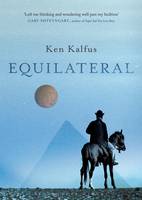
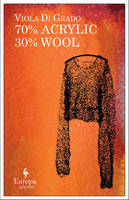
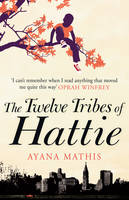
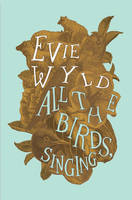
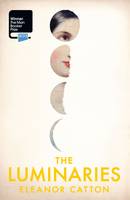

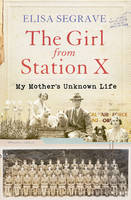
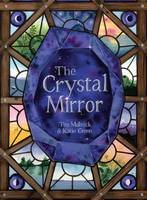
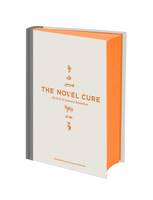
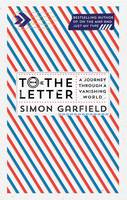
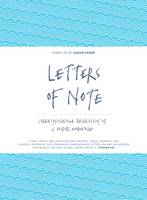
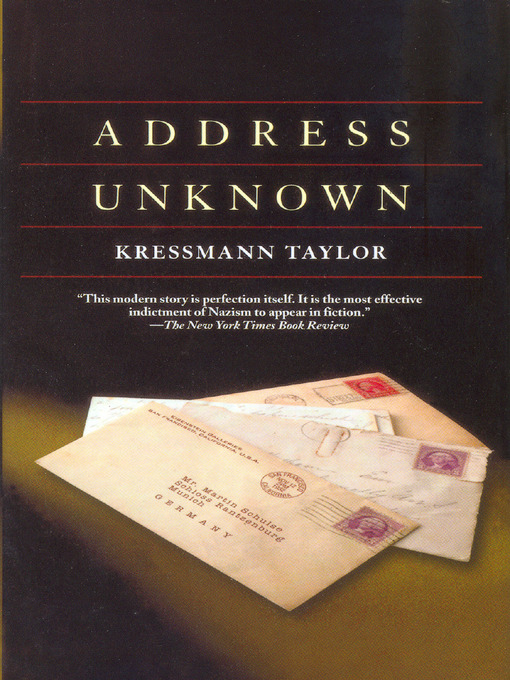
 Bernardine Evaristo, Mr Loverman (2013)
Bernardine Evaristo, Mr Loverman (2013)
 Patrick Ness
Patrick Ness
 Susannah Cahalan, Brain on Fire: My Month of Madness (2012). Cahalan is a New York Post journalist who contracted a rare form of encephalitis which induced a period of mental illness. This book is her account of that time, reconstructed largely from secondary sources (Cahalan having been left with few memories of her illness). It’s an interesting story, ranging from the development of Cahalan’s symptoms, through her eventual diagnosis, to her trying to understand the illness as she recovers.
Susannah Cahalan, Brain on Fire: My Month of Madness (2012). Cahalan is a New York Post journalist who contracted a rare form of encephalitis which induced a period of mental illness. This book is her account of that time, reconstructed largely from secondary sources (Cahalan having been left with few memories of her illness). It’s an interesting story, ranging from the development of Cahalan’s symptoms, through her eventual diagnosis, to her trying to understand the illness as she recovers.
 Ali Smith, Artful (2012). Four lectures on aspects of art, delivered by Smith at the University of Oxford in early 2012. Essayistic reflections on art are folded into the ongoing story of a woman haunted by her dead lover (who may or may not have returned). This is thought-provoking stuff, and I suspect it would be excellent read aloud by the author. Perhaps not the ideal book for me to choose as my introduction to Smith’s work, though.
Ali Smith, Artful (2012). Four lectures on aspects of art, delivered by Smith at the University of Oxford in early 2012. Essayistic reflections on art are folded into the ongoing story of a woman haunted by her dead lover (who may or may not have returned). This is thought-provoking stuff, and I suspect it would be excellent read aloud by the author. Perhaps not the ideal book for me to choose as my introduction to Smith’s work, though.
 Zac is a young offender whose rehabilitation is to be sent to a rural cookery school run by a famous chef.
Zac is a young offender whose rehabilitation is to be sent to a rural cookery school run by a famous chef. The infinite monkey theorem says that, given enough time, a monkey with a typewriter will almost certainly produce the complete works of Shakespeare just from tapping the keys at random. As
The infinite monkey theorem says that, given enough time, a monkey with a typewriter will almost certainly produce the complete works of Shakespeare just from tapping the keys at random. As
Recent Comments